The Rummy Nose Tetra (Hemigrammus rhodostomus) is a favourite among hobbyist and fish keepers, celebrated for its striking red face and cohesive swimming patterns.
These South American characids are not just visually appealing but also act as an indicator of water quality, with their nose colour changing in response to stress. While they are adaptable to a range of water parameters, their sensitivity requires attentive care, making them better suited for aquarists with some experience.
Learn more about this dazzling tetra and how to best bring out its crimson colours.
Related: Tetra
Table of Contents
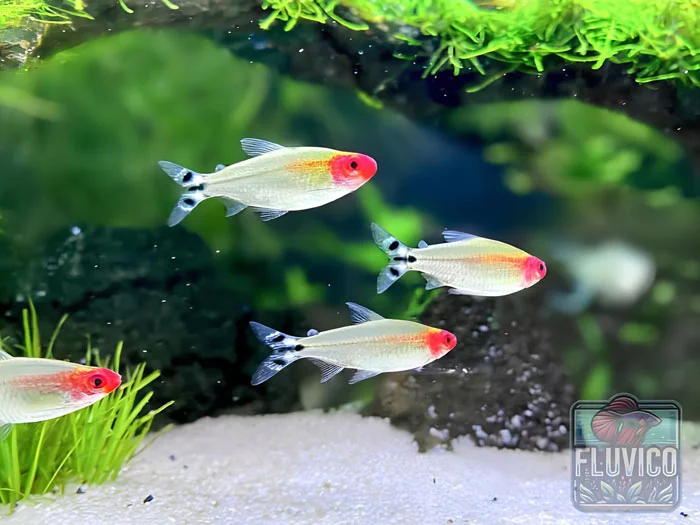
Rummy Nose Tetra Species Profile
| Name: | Rummy Nose Tetra |
| Scientific Name: | Hemigrammus rhodostomus |
| Max Size: | 5 cm (2 inches) |
| Lifespan: | 5-6 years |
| Appearance: | Distinctive red nose, silvery body, and black and white striped tail |
| Temp: | 24-28°C (75-82°F) |
| Water Parameters: | Soft; pH: 5.5-7.0; dH: up to 12 degrees |
| Compatibility with Other Fish: | Peaceful; thrives with similar-sized, non-aggressive fish |
| Community Size: | Schools of 6 or more for natural behaviour |
| Behaviour: | Peaceful, active, prefers tight schooling |
| Lighting: | Moderate, prefers some shaded areas |
| Feeding: | Omnivorous; prefers small live foods, flakes, and pellets |
| Breeding Difficulty: | Moderate, with specific water conditions needed |
Overview of Rummy Nose Tetras
Originating from South America’s Amazon River basin, Rummy Nose Tetras are known for their distinctive bright red noses and shimmering silver bodies. They thrive in blackwater conditions, preferring soft, acidic water amidst dense vegetation.
This species exhibits tight schooling behaviour, enhancing their appeal in the aquarium setting.
Rummy Nose Tetra Size
Rummy Nose Tetras typically reach a size of about 5 cm (2 inches) in length.
Typical Behaviour
Rummy Nose Tetras are known for their tight schooling behaviour, enhancing their appeal in community tanks. They exhibit a peaceful temperament, gracefully navigating their environment in unison, which is both captivating to watch and indicative of their well-being. This social nature makes them excellent additions to mixed-species aquariums.

Species Variants and Identifying Imposters
Rummy Nose Tetras have a few imposters, which are species that closely resemble them but differ in subtle ways. These include certain tetra species that may have similar red noses or body shapes but vary in tail patterns, body coloration, or schooling behaviour.
It’s important to identify the specific characteristics of true Rummy Nose Tetras to ensure they are getting the species they desire for their aquariums.
Standard Rummy Nose Tetra
A popular species known for its vivid red nose and black and white striped tail, thriving in schools for a striking display in the aquarium.
Platinum Rummy Nose Tetra
Exhibits a unique metallic sheen, differing from the standard with its shiny, almost reflective body, making it a rare variation for hobbyist seeking a distinctive look.

Albino Rummy Nose Tetra
Characterized by its lack of pigment, displaying a pale body and transparent fins. Unlike the platinum, the albino variant maintains the red-orange face, offering a contrast against its white and transparent tail striping, making it a visually distinctive choice.
Habitat and Tank Conditions
Tank Setup
- Minimum Tank Size: Opt for a 20-gallon (75 litre) tank to support their swimming and schooling.
- Water Temperature: Keep between 74–84°F (23–29°C) for optimal health.
- Water Hardness and pH: Aim for soft to moderately hard water, with a pH of 5.5 to 7.5.
- Filtration: Use a system that maintains cleanliness without strong currents.
- Plants: such as Anubias, Java Fern, Cryptocoryne, Amazon Sword, low light, leafy and plants that can attach to rocks and driftwood make a striking statement and mimic the dense vegetation of their natural habitat.
Lighting Preference
Rummy Nose Tetras prefer moderate to low lighting, mirroring their Amazonian habitat. This lighting level enhances their coloration, encourages natural behaviours, and supports the growth of live plants, creating an ideal environment for these fish.
Adjustable LED lights can simulate natural daylight cycles, offering both aesthetic and practical benefits to the aquarium.
Substrate and Background
For an authentic biotope setup mimicking their Amazonian habitat, sprinkle the aquarium floor with catappa leaves, driftwood, and botanicals like alder cones.
These elements naturally decompose, colouring the water a soft brown and gradually reducing the pH to create an environment that closely resembles their natural living conditions.
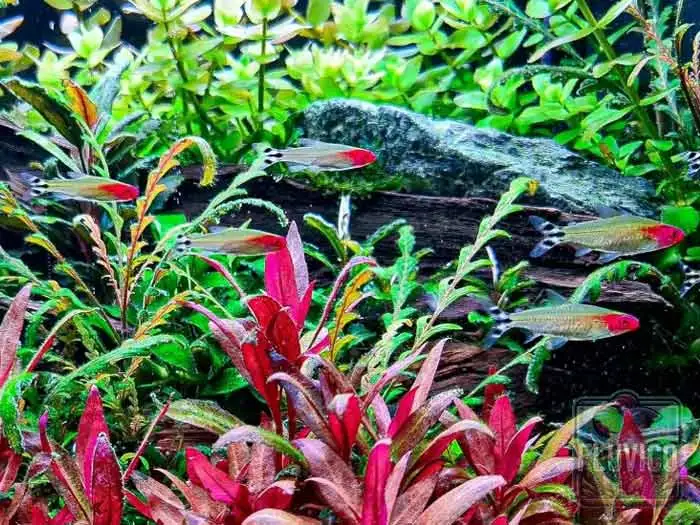
Care and Maintenance
Diet and Feeding
Rummy Nose Tetras are not picky eaters, enjoying a varied diet.
- Small Foods: Ideal foods include baby brine shrimp, micro pellets, and daphnia, fitting their small mouths.
- Colour Enhancement: To enhance their vibrant red, opt for foods high in natural colour enhancers like krill flakes and salmon-based diets.
- Varied Diet: A mix of dry and live foods ensures a well-rounded diet, promoting optimal health and vitality.
- Feeding Frequency: Feed them two to three times daily, in amounts they can consume within a few minutes to avoid overfeeding and maintain water quality.
Keeping Rummy Nose Tetras Healthy
- Water Quality: Regularly monitor and maintain clean, stable water conditions.
- Stress Reduction: Minimize stress by providing a peaceful environment and compatible tank mates. Remember, Stress affects their nose colour, with a vibrant red indicating good health.
- Proper Diet: Ensure a varied and balanced diet to support their health and coloration.
- Observation: Regularly check for signs of stress or illness, as they are sensitive to environmental changes.
- Quarantine New Fish: Prevent disease introduction by quarantining new additions to the tank.
- Adequate Space: Provide enough room and proper habitat for swimming and schooling behaviour.
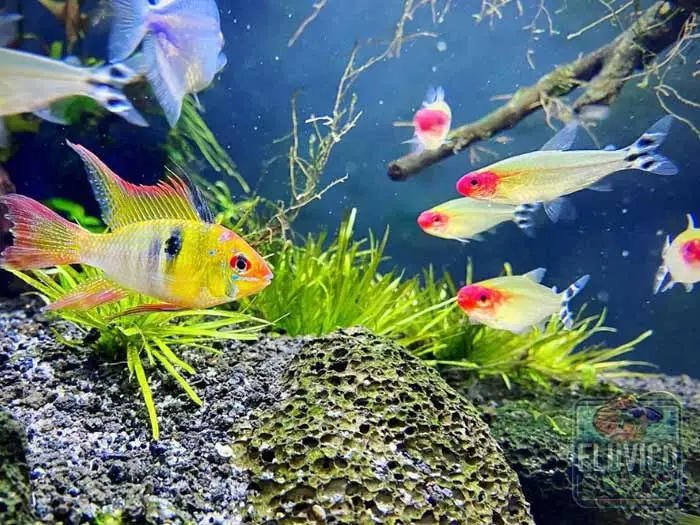
Suitable Tank Mates
For a harmonious aquarium, choosing tank mates that thrive in similar conditions and exhibit non-aggressive behaviors is crucial. This ensures a stress-free environment conducive to the health and well-being of Rummy Nose Tetras and their companions.
- Other Tetras: Peaceful and similarly sized, they share water condition preferences.
- Corydoras: Bottom dwellers that offer no competition and enhance tank dynamics.
- Rasboras: Small, peaceful fish that complement the tetras’ schooling nature.
- Dwarf Cichlids: Such as Apistogrammas, offer interesting behavior without aggression.
- Livebearers: Like guppies and mollies, provided water conditions are compatible.
Breeding Rummy Nose Tetra
The main problem with breeding rummy nose tetras is determining the sex as the physical differences are subtle. Typically, females are slightly larger and have fuller bodies than males.
Without clear external indicators, sexing these fish can be difficult, often requiring expert advice for accurate identification. For breeding purposes, it’s advisable to verify the sex of your fish at the time of purchase to ensure you have a compatible pair.
This step is crucial for anyone looking to breed Rummy Nose Tetras successfully.
Total time: 3-4 months,
Step 1: Identify Male and Female:
Females are generally larger with a fuller body.
Step 2: Set Up Breeding Tank:
Use a 10-gallon tank with warm water (82-86°F) and a pH between 6 and 6.2.
Ensure slightly to moderately hard water with a DH level between 4 and 6.
Maintain high water quality; peat filtration is beneficial.
Step 3: Provide Spawning Substrate:
Use spawning mops or java moss for egg deposition.
Step 4: Introduce Breeding Pair:
Transfer a ready-to-breed male and female.
Sep 5: Monitor and Adjust Temperature:
If spawning doesn’t occur, slightly adjust temperature. You will want some big and leafy plants present because females like to drop their eggs under them, plus the mating usually happens under some kind of cover
Step 6: Remove Parents Post-Spawning:
To prevent them from eating eggs or fry. Mesh net help. The mesh used in the breeding setup should be fine enough to prevent adult tetras from reaching the eggs while allowing the eggs to pass through safely.
Step 7: Care for Fry
Incubation can take 24 hours. They wont swim at first. Feed specialized fry food until they can eat standard diet. Once they reach adult size they can be added to your community tank.
Are Rummy Nose Tetras Suitable For Your Aquarium?
Determining if Rummy Nose Tetras are suitable for your aquarium depends on several factors, including tank conditions and community dynamics.
Pros:
- Vibrant appearance enhances aquarium aesthetics.
- Peaceful nature, suitable for community tanks.
- Tight schooling behaviour offers a captivating display.
Cons:
- Sensitive to water quality changes, requiring diligent maintenance.
- Prefer specific water parameters, limiting compatibility with certain species.
Rummy Nose Tetras can be a stunning addition to well-maintained, peaceful community aquariums. However, their sensitivity to environmental conditions necessitates a committed approach to tank management and water quality control.
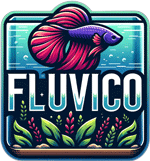
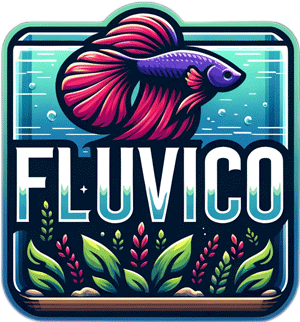

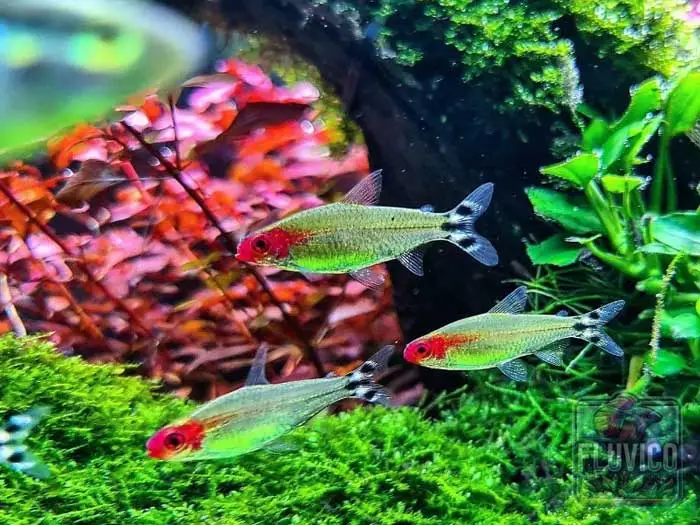
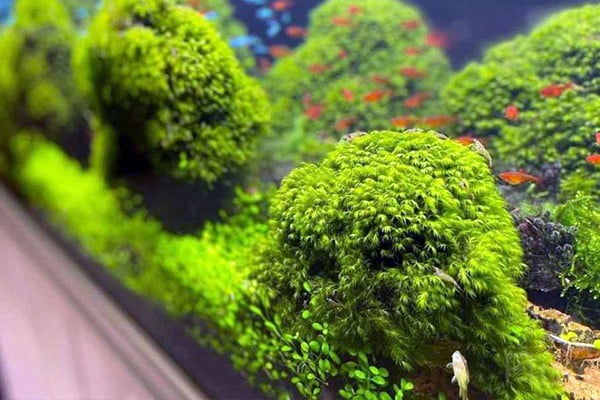
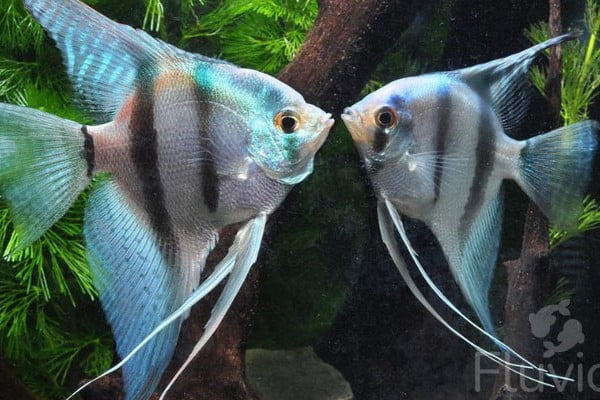
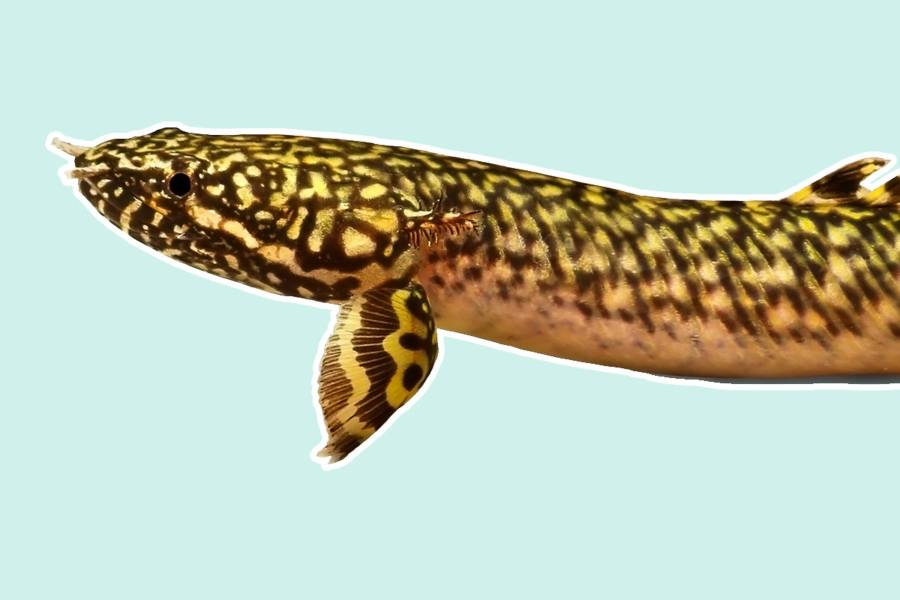
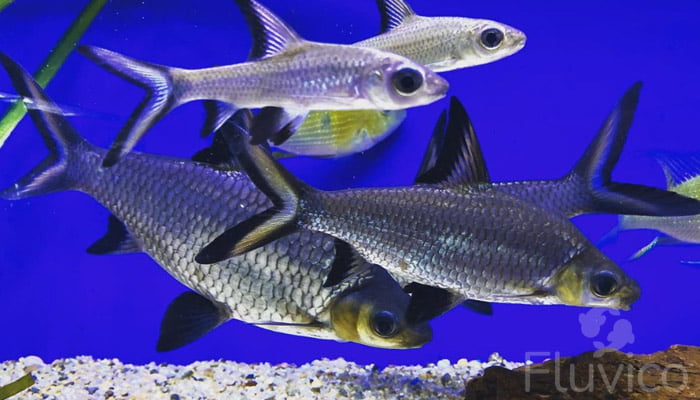
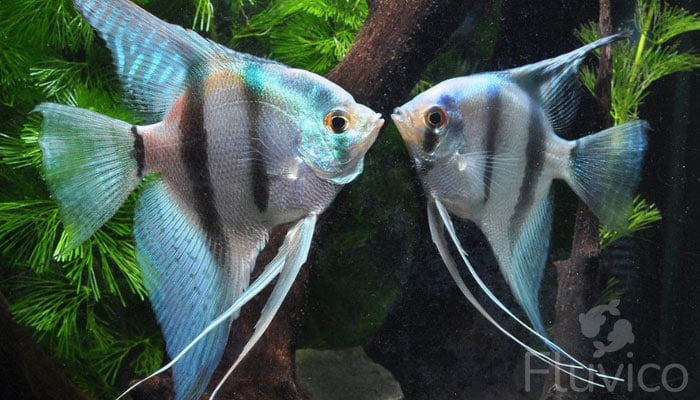
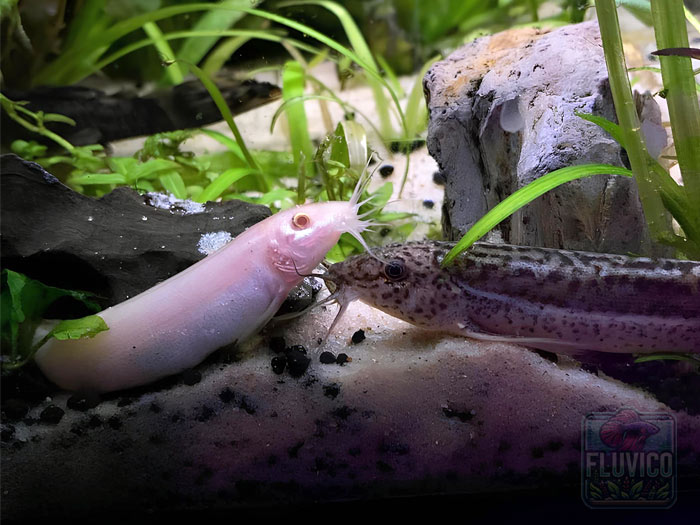
Leave a Comment